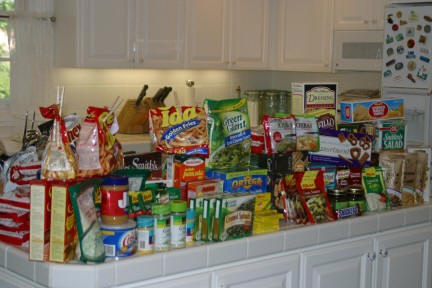The Aged Care industry is facing major changes over the coming years that need to be understood and embraced by Aged Care providers if they are to survive.
The combination of the changing demographics of the resident base and their support families combined with information and infrastructure technological changes are going to work hand in hand with the current serious environmental issues in reforming Aged Care design and operations.
The future of Aged Care will move very soon to a format more like a resort type of living .This format is inevitable as we face the next 20-30 years in aged care. The availability of increased resident's funds, social, family, legislative and market demands for less institutional styles of accommodation will ensure that information technology systems and sustainable outcomes are rapidly integrated into an important criteria for the Aged Care centre of the future.
Design and operational procedures will change significantly in this period and this will provide great opportunities for IT and Change Management to step up and be noticed.
Competition in Aged Care due to this noticeably increased demand will ensure the provider who is looking ahead and who is prepared to think outside the circle will gain the competitive advantage.
There is a very important link in this process between sustainability and Information Technology.
Sustainability is about doing 'more for less" .It is a win/win situation.
Sustainable design combined with sustainable operations and the smooth integration of Information Technology work hand in hand. It is only natural that they are connected. The benefits to an Aged Care centre of Information Technology are only limited by our understanding of its capabilities and as the technology becomes more accepted and more widely used it will only improve while the numerous advantages to residents and operators alike will become more noticeable.
There are many advantages in designing and operating a sustainable facility. Complying with current energy efficiency building legislation (Section J, Building Code of Australia, BCA), which is only going to get tougher in the ensuing years will provide a competitive advantage. Even though it is a necessary requirement and may appear costly at first, the benefits of undertaking Section J compliance will be repaid in a short period of time (usually around 5 years) due to reduced energy running costs.
Through sustainable design we can also greatly improve resident's comfortability and the internal environment quality. Surely a great benefit to all stakeholders!
This sustainable approach is greatly benefited by the adoption of integrated information technology. Modern nurse call systems, for instance, can be linked to the building mainframe system, providing a complete analysis of a resident's lifestyle. This of course can then be used to design efficient and appropriate care programmes for individual residents which can be monitored and adapted as required.
What this does is greatly improve staff and operational efficiencies, ensuring staff are better utilised by spending more caring time with residents, less wasted time and removing their focus from resident attendance to actually caring for residents.
This will in turn result in improved staff productivity, reduced absenteeism and improved attitude.
Another win/win situation.
This integrated IT system concept blends perfectly with our sustainable approach to design which provides us with major reductions in environmental loads. With current energy, water and labour costs rising significantly over the next few years the smart operator will reap great cost, marketing, amenity and operational benefits.
Information Technology plays a major part in improving these technological environmental issues by assisting with environmental monitoring while improving the design and operations of sustainable practice and equipment.
In time, building management systems will be incorporated into the nurse call system which is currently also linked to security and phone systems.
This will allow a smart provider to monitor all building design and operational systems, staff and patient management and maintenance programmes through one integrated IT system. This in itself is a great sustainable outcome.
If we take this concept further, the information gleaned from operational reviews, building management and resident care programmes (all held in the building management system) can be downloaded into the design parameters and form a smart basis for providing future design outcomes that are sustainable and intelligent. "Lesson learned" are not lost.
This approach will result in the following benefits for your Aged Care project.
• Greatly improved operational efficiencies
• Significantly improved resident comfortability
• Reduced environmental loads
• Significantly reduced running and lifecycle costs
• Improved quality of design
• Improved construction techniques
• Improved quality outcomes
• Less maintenance and rework costs
• Improved marketability
• Reduced staff absenteeism.
• Improved staff productivity
• Improved overall efficiencies
• Significantly improved profit
The future of Aged Care is about to change in many ways .It is important to embrace what technology has to offer or we run the risk of being left behind.
The more we involve ourself in smart practices, the more efficient we become and the less we waste. No business can survive if it wastes money. And no business can survive with its head in the sand.
Not even Luddites!



